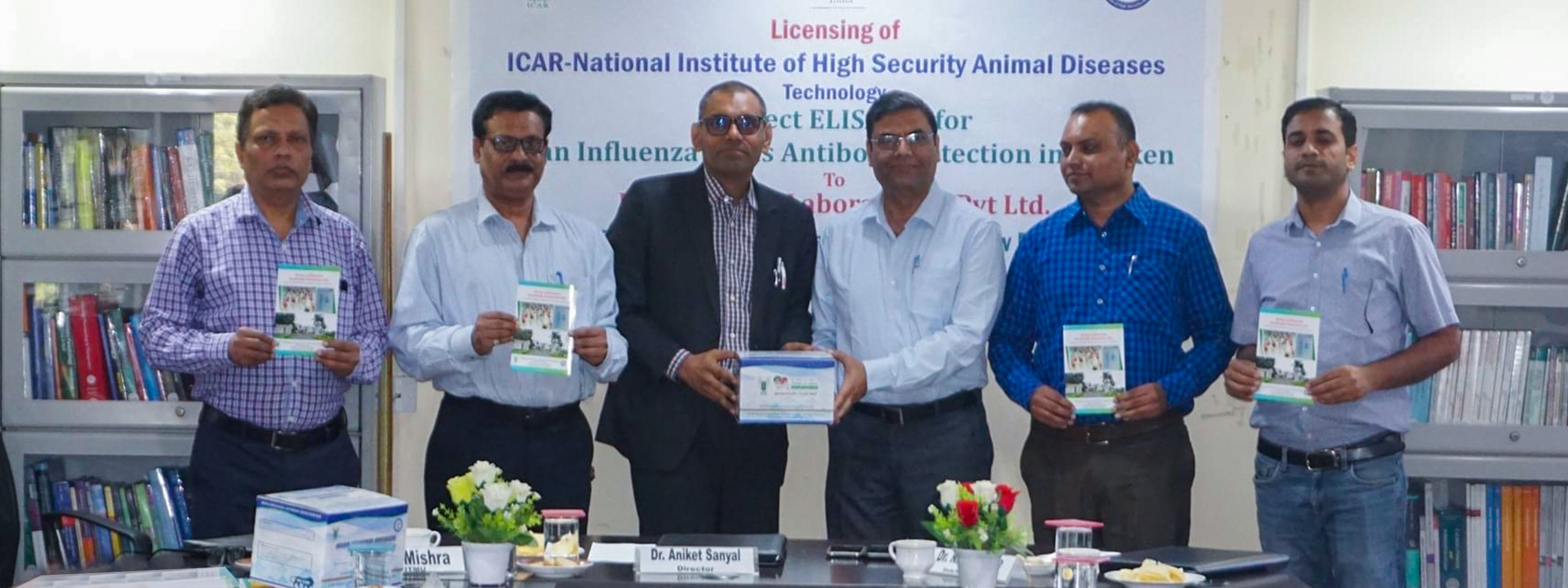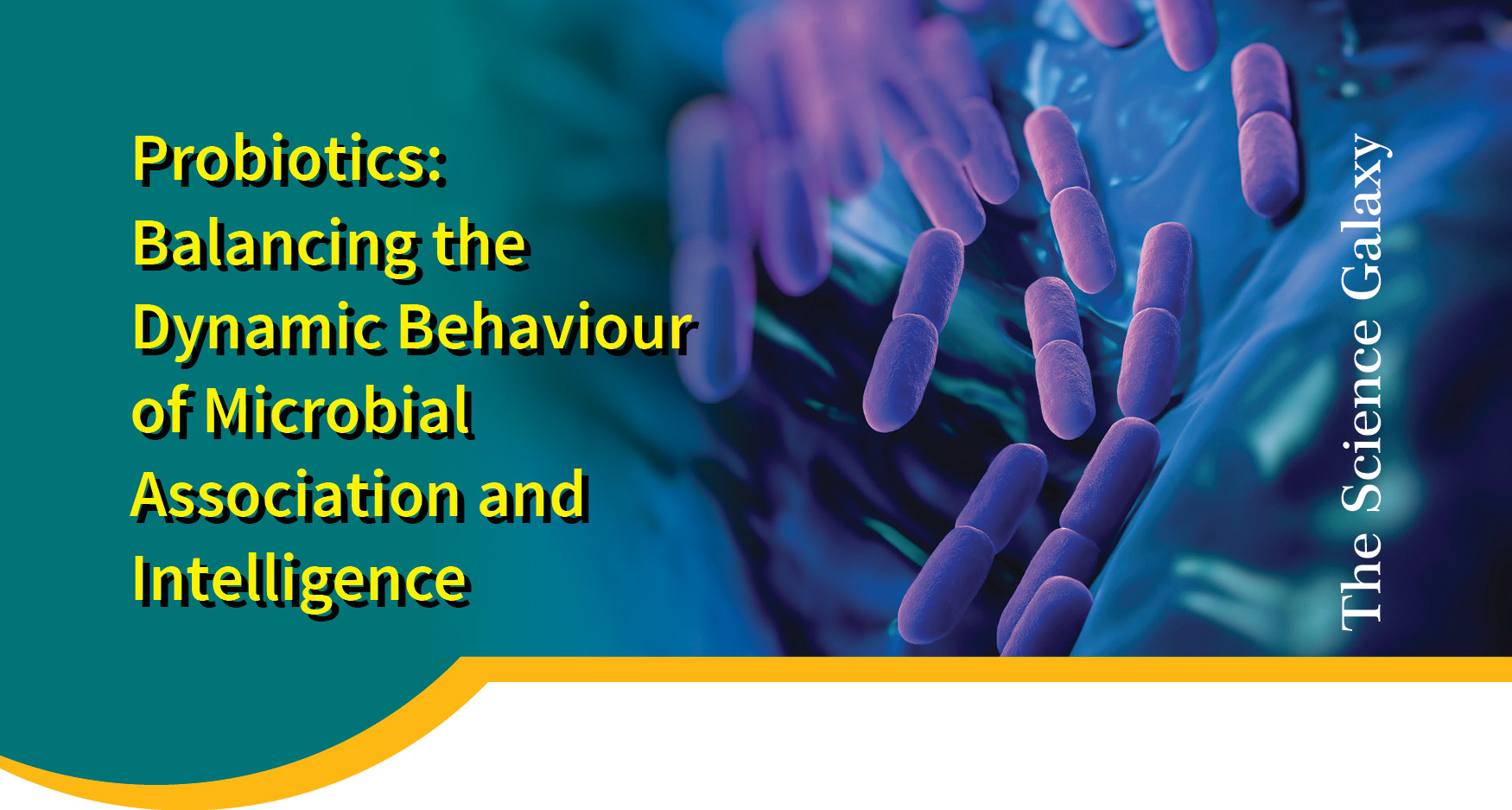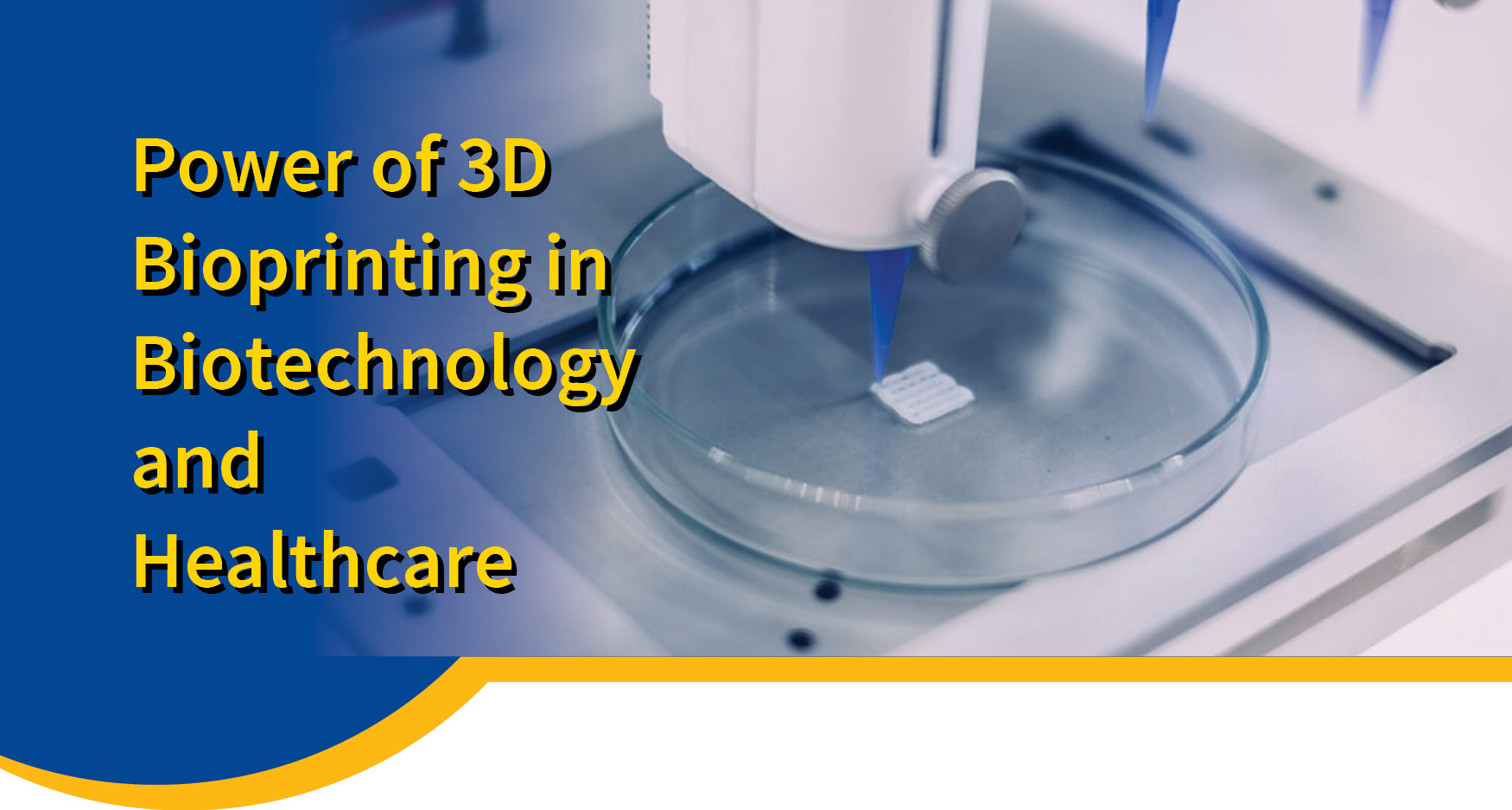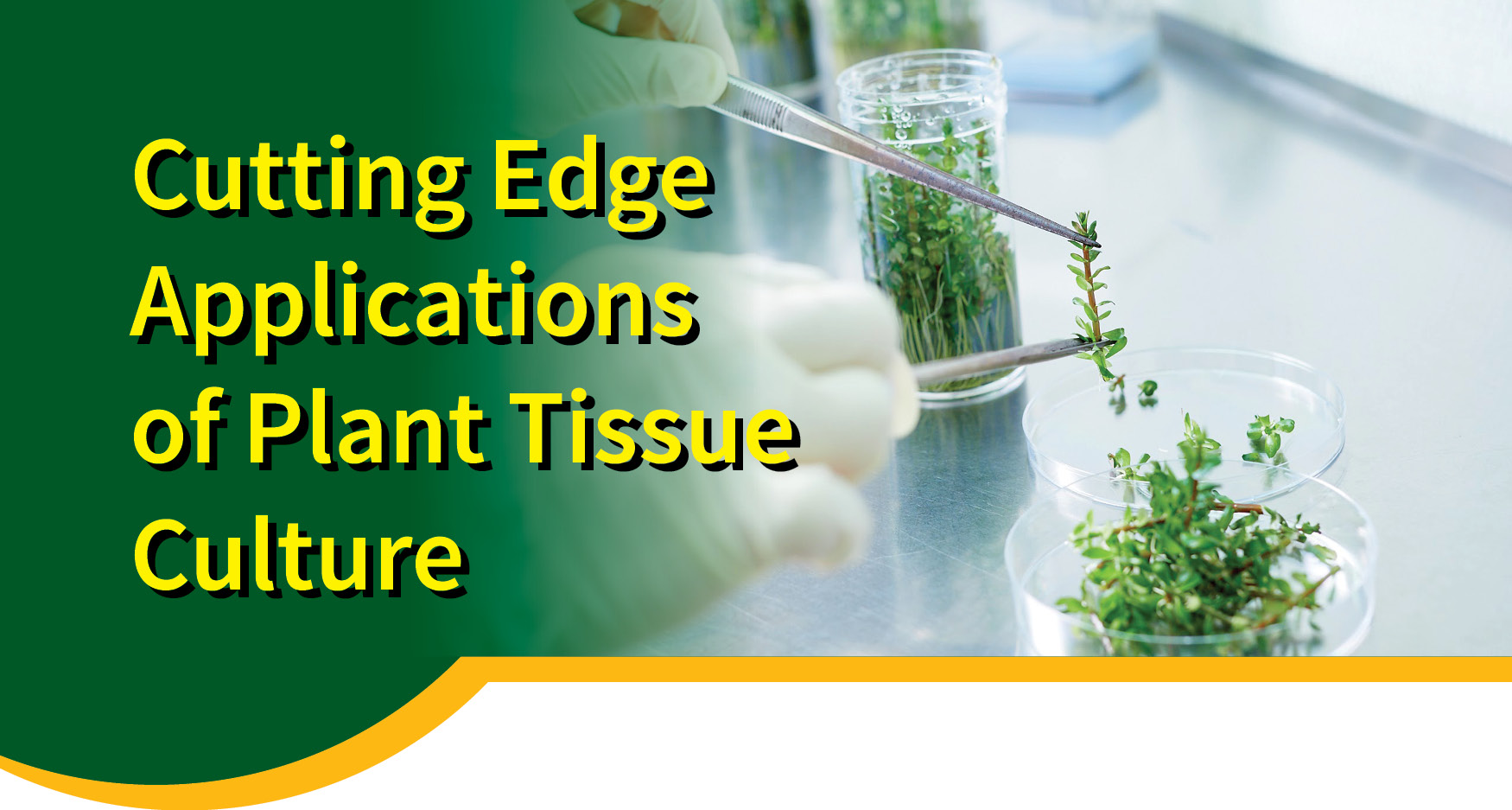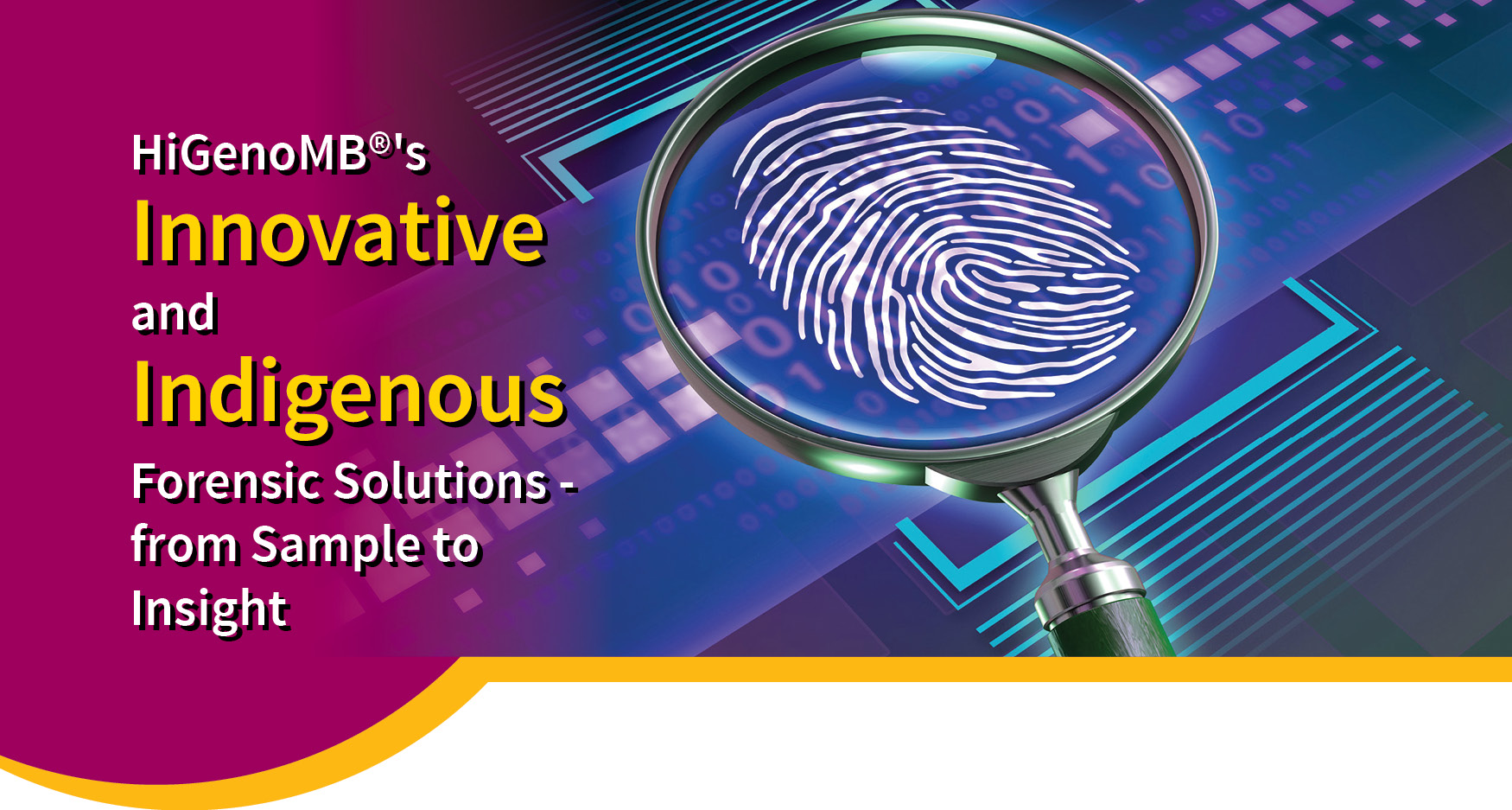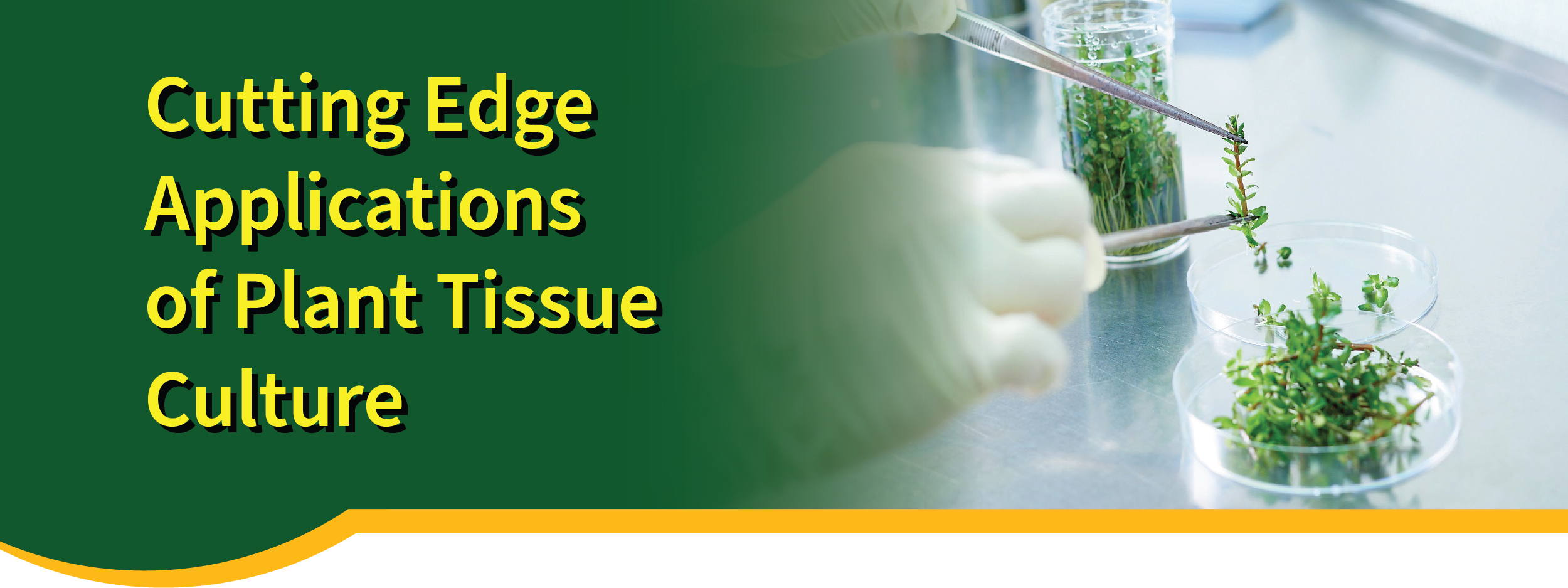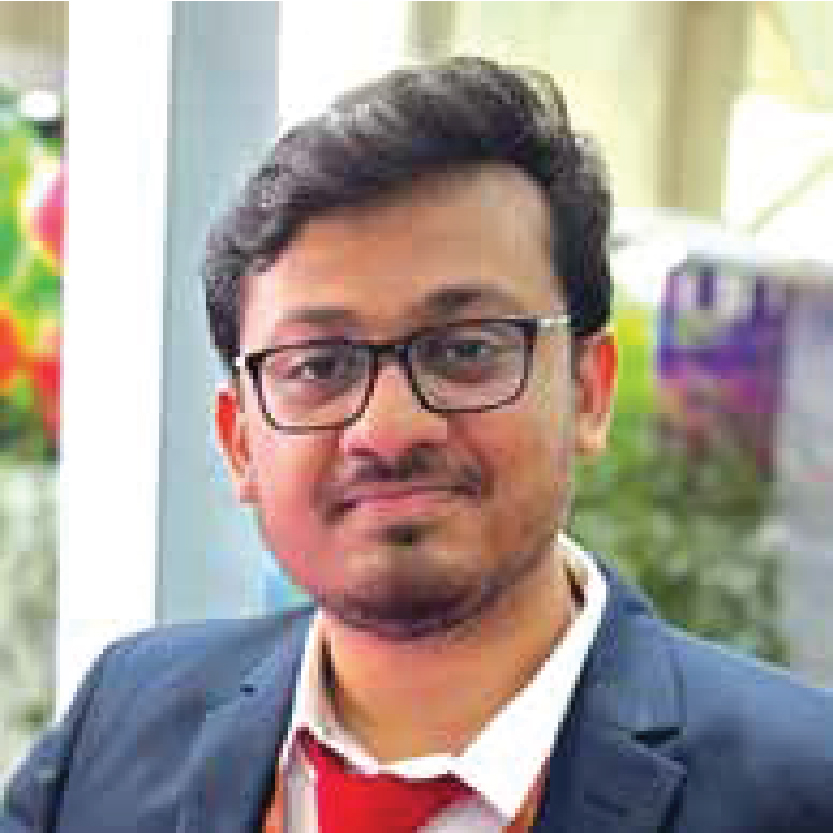Cutting Edge Applications of Plant Tissue Culture
Plant tissue culture (PTC) has been used for over a century, dating back to Haberlandt's invention in 1902. Murashige and Skoog’s development of a commonly used medium composition (MS medium) in 1962, formed the foundation of the majority of plant tissue culture protocols. PTC started to become majorly relevant since the late 1990s, when commercial companies were attempting to develop protocols for delivering commercial traits into economically viable crops.
The PTC techniques included here were: transforming various explants extracted from the mother plant, regenerating them under optimal culture conditions, and micropropagating economically significant species. MS medium’s original formula and various derivatives are widely used today for the same purpose by large- and small-scale businesses worldwide.
However, the most crucial potential of plant tissue culture is being revealed now as a result of changing climatic conditions and rising human population needs. Hence, these set of techniques can be used in developing a sustainable future under adverse conditions by multiplying endangered plant species, replanting eroded lands and forests with tissue culture generated trees, developing heavy metal-scavenging plant populations, developing virus-free plant populations, and establishing farms with at least one PTC unit1.
SALT TOLERANT PLANT CELL LINE:
Climate change is becoming a major abiotic factor stressing plant life. Hence, it has become imperative to develop stress-tolerant plants. Although stress-induced in vitro multiplication of plants has been popular in the production of secondary metabolites, it is also useful for developing a stress tolerant cell line.
One of the major problems encountered through climate change in agriculture is high salinity, impacting millions of hectares of land worldwide. It negatively affects the plant's yield as too much salt interacts with its physiological and biochemical processes; leading to issues like mineral deficiencies, ion imbalances, osmotic stress, ion toxicity, and oxidative stress. A tissue culture approach has emerged as an efficient way to highlight the plant cellular mechanisms leading to a salt tolerance response2-4. A study in 2021 by Hannachi et al demonstrated development of salt stress- tolerant eggplant variants by somaclonal variation using in vitro callus culturing and regeneration5. Moreover, there are numerous applications of supplementing silicon to the plants as an effective element. It limits NaCl uptake, maintains ultrastructure of stomata, improves photosynthetic activity, reduces free proline content, and alters the production of antioxidant enzymes. It induces stress tolerance against salinity, drought, heavy metals (like Al), and temperature6. To support such tolerance studies, HiMedia offers a wide product range that includes media like MS Medium, Callus regeneration medium for specific crops (like tobacco & date palm), growth regulators like thidiazuron (TDZ) for callus, and PTC-tested chemicals like sodium metasilicate (Na₂SiO₃) & calcium silicate (Ca₂SiO₄).
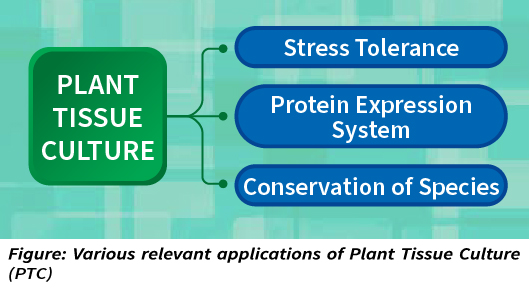
RECOMBINANT PROTEIN PRODUCTION:
In the past 3 years, we have realized that an outbreak of any infectious illness would necessitate the rapid mass manufacture of innovative medications or vaccinations. Transient expression techniques would be more appropriate in these circumstances because creating a stable transgenic cell line can take months to years. For the creation of recombinant proteins, PTC offers a number of benefits: the ability for post-translational modifications, minimal risk of virus contamination, and affordable culture media7. Studies have suggested and proven the uses of Nicotiana tabacum and Nicotiana benthamiana based cell cultures to express recombinant proteins. For example, N. benthamiana is widely being researched on as an ideal model plant for protein expression, and has also been successfully used for developing various COVID-19 vaccine types (plant-based virus- like particles [VLP], recombinant,) under the name COVIFENZ® (Medicago Inc). Also, tobacco has also shown potential for production of eukaryotic cell-free protein expression system (ALiCE®) utilizing the plant cell lysates, developed by AMSBIO. HiMedia is aware about the significance of such studies and supports them by offering products like MS basal solution, MS plant salt mixture, tobacco callus initiation medium, myo-inositol, niacin, thiamine hydrochloride, and many more.
PROTOCOL OPTIMIZATION FOR CONSERVING MEDICINALLY IMPORTANT ENDANGERED PLANT SPECIES:
The Orchidaceae family dominates a sizable portion of the plant kingdom in India comprising of nearly 1350 species in 185 genera. The family is well known to be widely used in a variety of conventional herbal drug preparations that contain significant biochemical components like dendrobine, moscatilin, gigantol, and denbinobine, all of which have anti- cancerous qualities. However, despite having an exceptional habitat and optimal agroclimatic conditions, the species is becoming critically endangered. This is because of overuse, deforestation, and habitat demolition. Numerous studies are being conducted to restore their population. A team of Indian researchers have developed a micropropagation methodology in 2016 for the ex situ preservation and economic use of the medicinally important species Dendrobium nobile from Orchidaceae family. A series of trials were conducted to come up with this standardized and effective protocol. Utilization of various growth hormones like meta-topolin and -naphthaleneacetic acid (NAA); supplementing with polyamines and phenolic compounds like spermine, spermidine, and putrescine, phloroglucinol, and salicylic acid; was done8. HiMedia offers all of these chemicals besides a wide variety of PTC mediums for specifically micropropagating orchids.
Plant tissue culture, an emerging technology, has a significant effect on both agriculture and industry by enhancing the plant population that is required to satisfy the growing global demand. In this modern era of biotechnology, it can attenuate global disasters like famine, sickness, and extinction; striving to make our life sustainable. HiMedia's unique integration of PTC in form of Plantigen™ has made us India's leading supplier of PTC media and chemicals, with over 700 plant tissue culture products and a global customer base of over 150 countries.
References- Sehgal, Deepak>, and Tanveer Khan. “Plant Tissue Culture: Beyond Being a Tool for Genetic Engineering.” Environmental Microbiology and Biotechnology, Springer Singapore, 2020, pp. 175–200. doi:10.1007/978- 981-15-6021-7_9
- Parida AK, Das AB. Salt tolerance and salinity effects on plants: a review. Ecotoxicology and Environmental Safety. 2005;60(3):324-349. doi:10.1016/j.ecoenv.2004.06.010
- Volkov V, Beilby MJ. Editorial: Salinity Tolerance in Plants: Mechanisms and Regulation of Ion Transport. Frontiers in Plant Science. 2017;8. doi:10.3389/fpls.2017.01795
- Gupta B, H>uang B. Mechanism of Salinity Tolerance in Plants: Physiological, Biochemical, and Molecular Characterization. International Journal of Genomics. 2014;2014(701596):1-18. doi:10.1155/2014/701596
- Hannachi S, Werbrouck S, Bahrini I, Abdelgadir A, Siddiqui HA, Van Labeke MC. Obtaining salt stress-tolerant eggplant somaclonal variants from in vitro selection. Plants. 2021;10(11):2539. doi:10.3390/plants10112539
- Sivanesan I, Park SW. The role of silicon in plant tissue culture. Front Plant Sci. 2014;5:571. doi:10.3389/fpls.2014.00571
- Sukenik S, Karuppanan K, Li Q, Lebrilla C, Nandi S, McDonald K. Transient Recombinant Protein Production in Glycoengineered Nicotiana benthamiana Cell Suspension Culture. Int J Mol Sci. 2018;19(4):1205. doi:10.3390/ijms19041205
- Bhattacharyya P, Kumaria S, Tandon P. High frequency regeneration protocol for Dendrobium nobile : A model tissue culture approach for propagation of medicinally important orchid species. S Afr J Bot. 2016;104:232-243. doi:10.1016/j.sajb.2015.11.013



